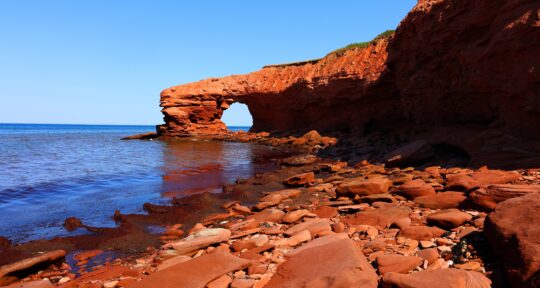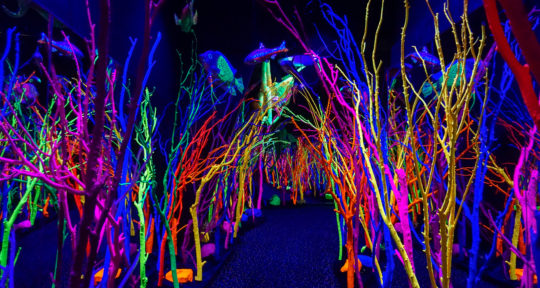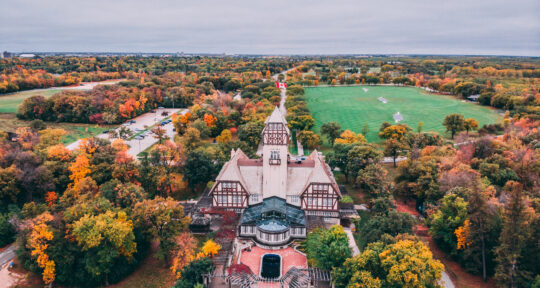The Mid-Atlantic region of the U.S. packs a lot into a relatively small area. Comprising populous East Coast cities, including New York City, Philadelphia, and Washington, D.C., the area is also famous for its Atlantic Ocean resort towns, rich history, and dense network of highways, hiking trails, and waterways. Millions of Americans can retrace their ancestors’ steps from Ellis Island to the amusements of the Jersey Shore, the natural beauty of Niagara Falls, the manicured expanse of the National Mall, and beyond.
Here are the must-see Mid-Atlantic destinations to add to your bucket list.
Mid-Atlantic Midas locations
Midas wants to help you get ready for your road trip, starting with your vehicle. Our techs can run a completely free Closer Look Vehicle Check. This in-depth visual inspection lets you know what needs fixing now and what can wait, so you can hit the road with confidence.

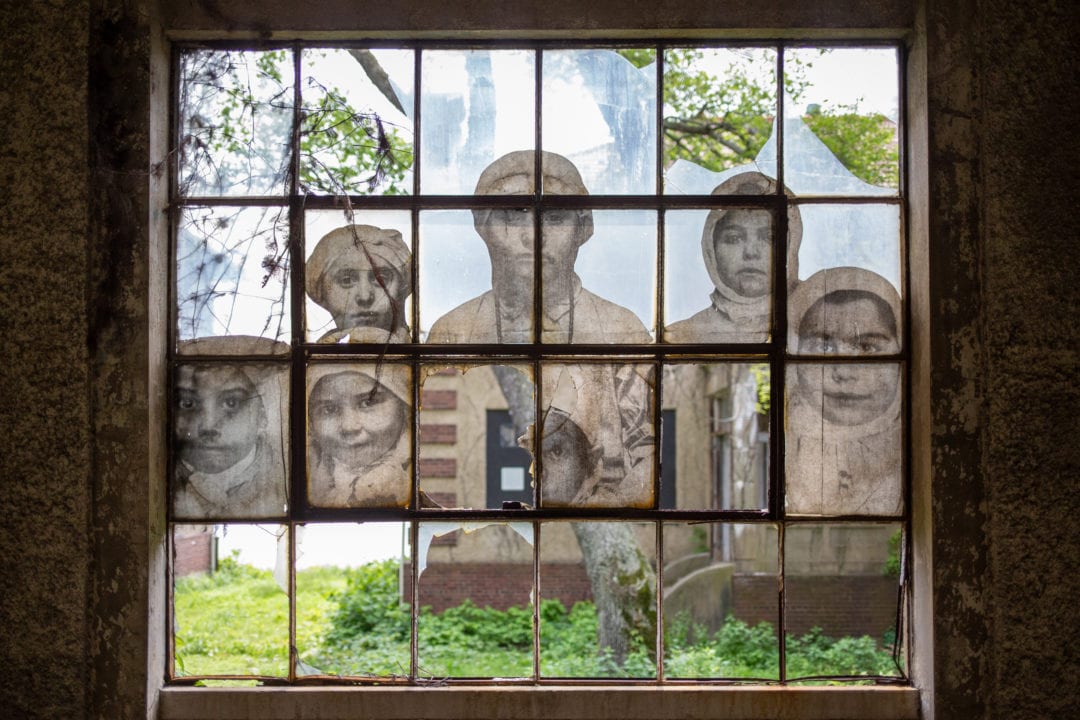
Ellis Island
More than 12 million immigrants passed through New York’s Ellis Island from 1892 until 1954; an estimated 40 percent of Americans alive today can trace their heritage to someone who was processed on the 27-acre island. Located in New York Harbor—and part of a triangle that includes Liberty and Governors islands—Ellis Island may be best known by visitors today for its three-story, fully-restored French Renaissance main building. After experiencing the grandeur of the magnificent Guastavino-tiled registry room, take a tour of the island’s lesser-known southside hospital complex, which reopened in an arrested state of decay for hard hat tours in 2014 after decades of abandonment.
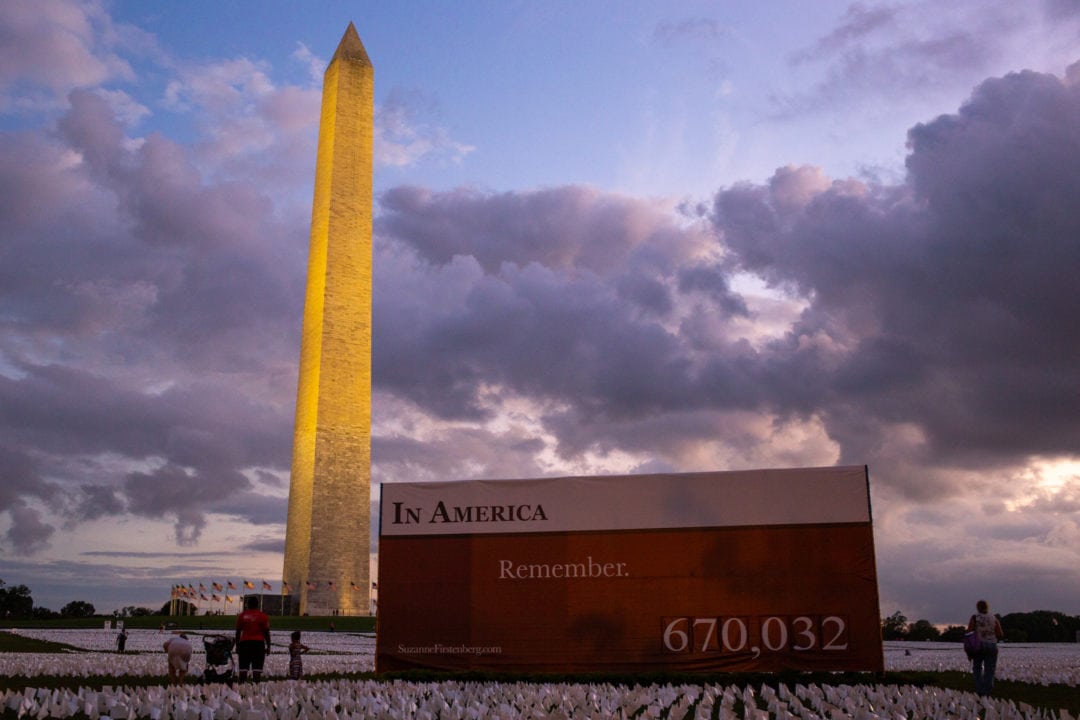
National Mall
The National Mall in Washington, D.C., stretches between the Lincoln Memorial to the west and the Capitol grounds to the east. It functions as the nation’s communal backyard, hosting everything from marches to festivals, memorials, food trucks, and everyday picnickers. Administered by the National Park Service (NPS), the more than 1,000 acres are also home to dozens of monuments and museums built in the late-19th and 20th centuries, including the National Museum of American History, National Gallery of Art, Vietnam Veterans Memorial, National Air and Space Museum, and National Museum of Natural History.
Newer additions include the National Museum of African American History and Culture, Martin Luther King Jr. Memorial, and the National Museum of the American Indian. Two nascent Smithsonian institutions, the National Museum of the American Latino and the American Women’s History Museum, have been greenlit by Congress and are currently solidifying plans to open locations on one of several (limited and highly-coveted) spots on the Mall.
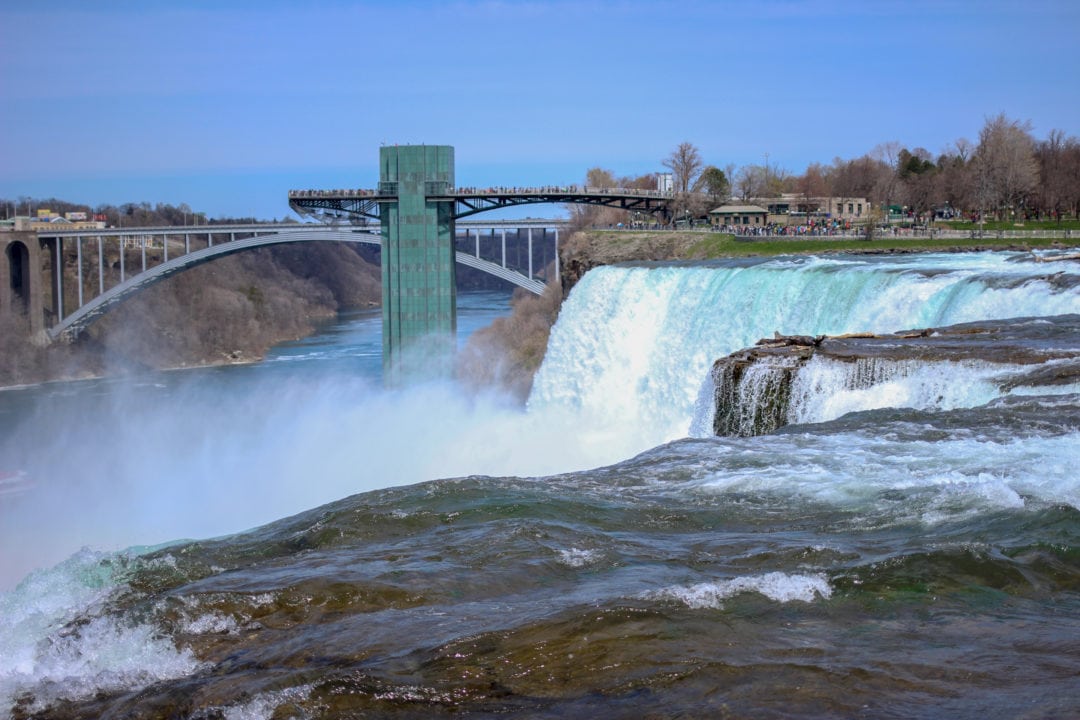
Niagara Falls State Park
The New York side of Niagara Falls may not get the glory of its Canadian neighbor, but Niagara Falls, New York, has plenty of its own attractions: Learn about the area’s history at the Niagara Wax Museum of History, grab a cone at the ice-cream-shaped Twist o’ the Mist, or take one of several hikes including one that skirts the ruins of the Schoellkopf Power Station, which was the largest hydroelectric power station in the world when it was completed in 1924.
U.S. visitors don’t need a passport to enjoy scenic views, frequent rainbows, and access to the Maid of the Mist boat tour, the Top of the Falls restaurant, and the Cave of the Winds’ Hurricane Deck, located 175 feet down into Niagara Gorge. The oldest state park in the U.S. is also home to its fair share of impressive water features, including the American Falls, Bridal Falls, and a portion of Canada’s Horseshoe Falls.

Asbury Park Boardwalk
There are dozens of seaside towns to spend the summer along the New Jersey shore; Asbury Park, located within a 90-minute drive of both New York City and Philadelphia, is the perfect destination for anyone who loves their beach with a side of kitsch and the sounds of The Boss. Similar to boardwalk towns such as New York’s Coney Island and Ocean City, Maryland, Asbury Park adds its own distinctive charm with the Silverball Retro Arcade, a beautifully-restored convention hall, and The Stone Pony, a circa-1970s music venue frequented by Southside Johnny, Steve Van Zandt, and, of course, New Jersey-born Bruce Springsteen.

Gettysburg
Regarded as a turning point in the Civil War, the Battle of Gettysburg ended with a Union victory, but it came at a great cost: The bloodiest battle of the war claimed more than 50,000 lives in just 3 days in 1863. Today the site is a more than 6,000-acre national military park administered by the NPS.
Soldiers’ National Cemetery is the final resting place of more than 3,000 Civil War casualties, in addition to those killed in subsequent conflicts. Closed to new burials in 1978, the cemetery is best known for its dedication ceremony, which took place on November 19, 1863. Edward Everett, who had served as a U.S Senator and Governor of Massachusetts, delivered a 2-hour keynote address—but it was President Abraham Lincoln who made history in just 2 minutes when he delivered his famous 272-word Gettysburg Address.
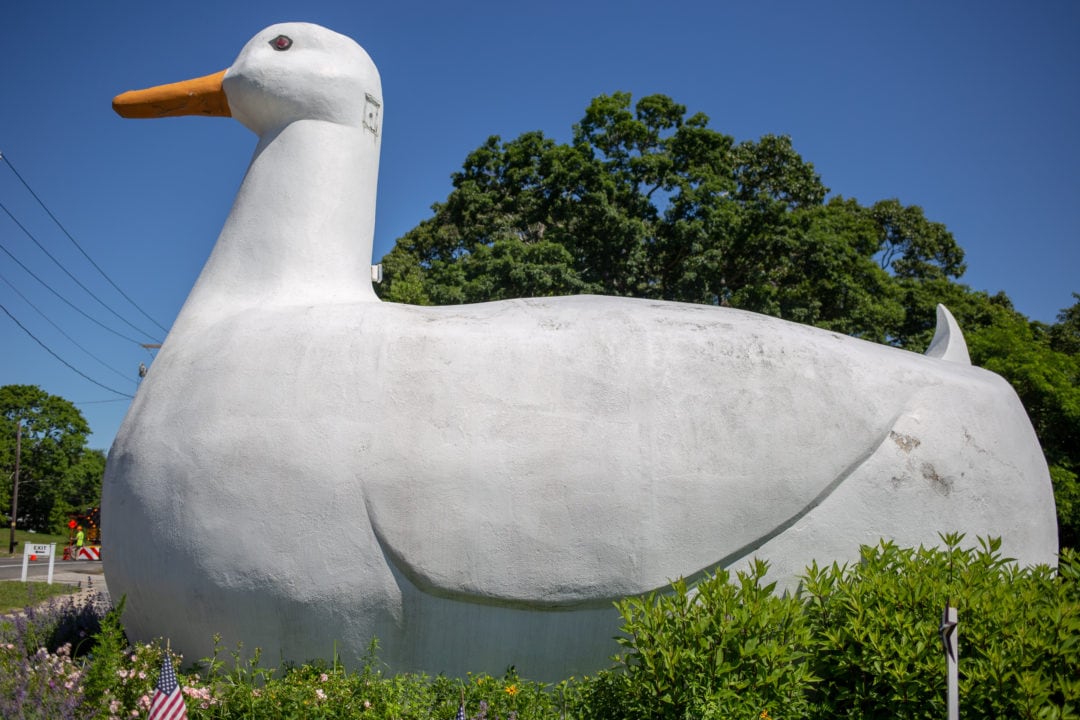
The Big Duck
Eastern Long Island was once full of duck farms instead of mega-mansions, but at least one relic of its farming heritage still stands along Route 24 in Flanders, New York: the Big Duck. Originally built to sell live and cooked ducks, the one-room, duck-shaped building is now regarded as a world-famous example of novelty architecture and included on the National Register of Historic Places.
The Big Duck is open year round and staffed by volunteers, attracting more than 10,000 people annually to the small store and museum, which also includes a collection of duck artifacts, local history books, artwork, and other hand-crafted souvenirs. On the first Wednesday after Thanksgiving, people gather around the 10-ton duck—which measures 30 feet from beak to tail and has Model T taillights for eyes—for a holiday lighting ceremony.
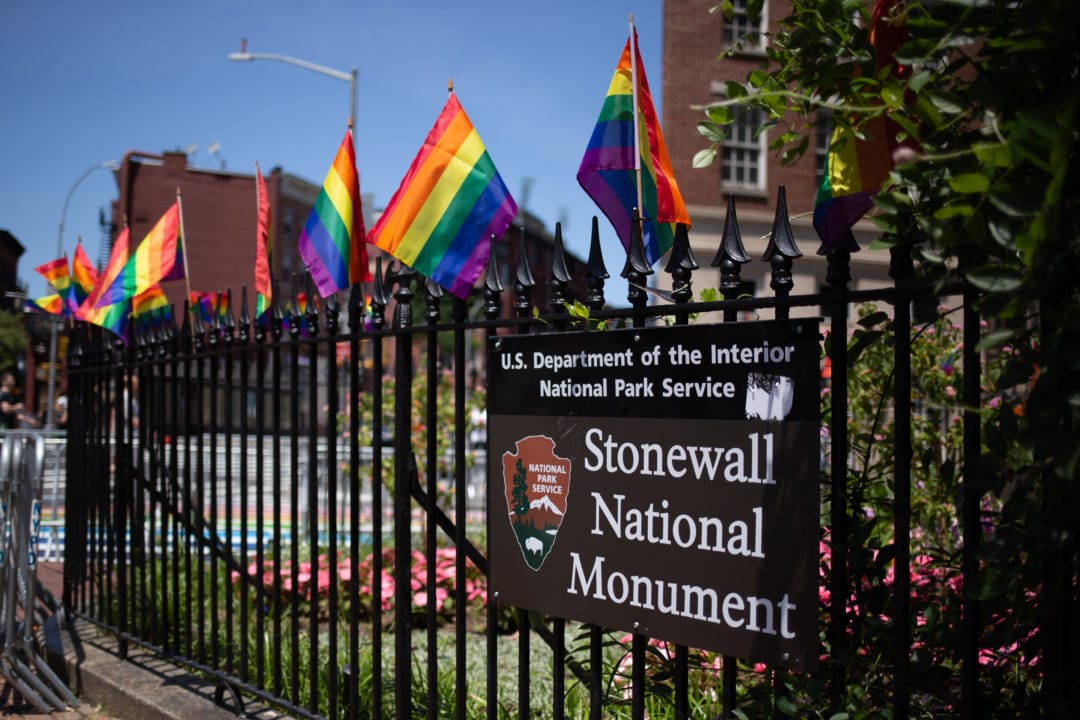
The Stonewall National Monument
Located in New York City’s Greenwich Village historic district, the Stonewall Inn and adjacent park became the first LGBTQ historic site to be designated as a national monument in 2016. Considered to be the birthplace of the modern LGBTQ-rights movement thanks to the infamous 1969 police raid and subsequent uprisings, the landmarked, 19th-century stable has lived many lives over the decades, including as a Chinese restaurant and a shoe store. The Stonewall currently operates as a bar once again, hosting weekly drag shows, trivia nights, karaoke, bingo, private parties, and fundraisers.


